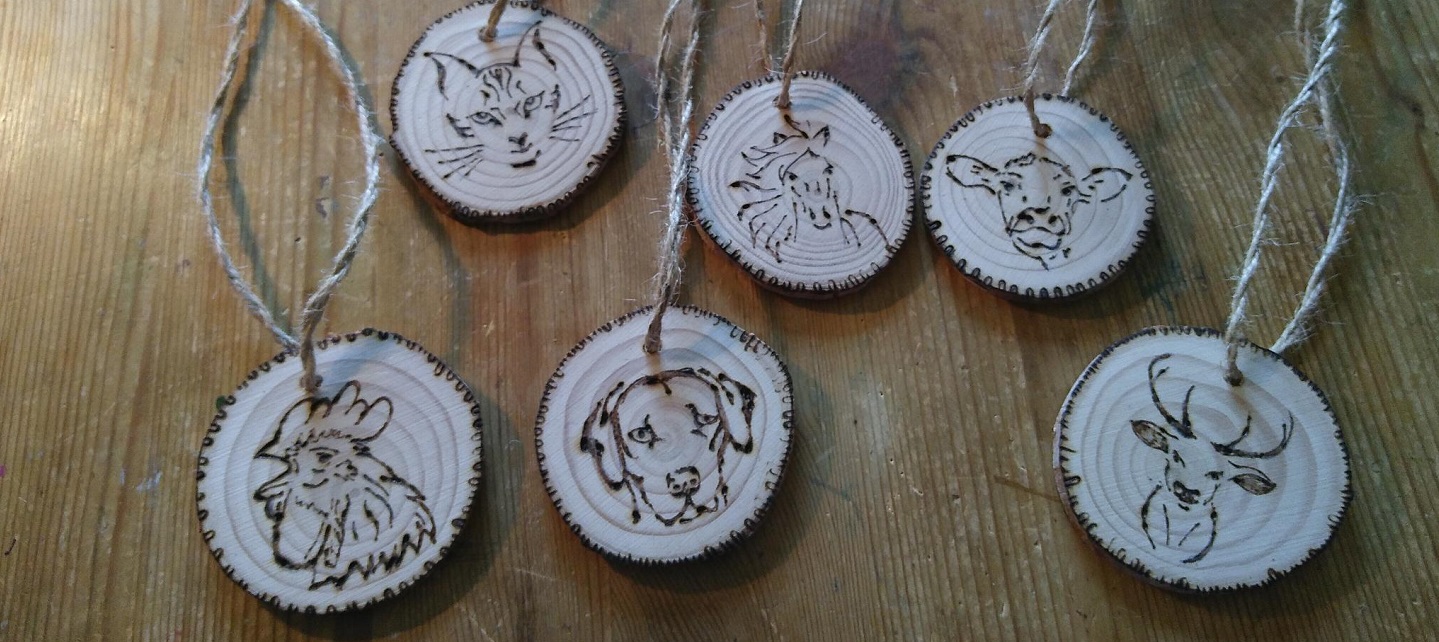Tag: Therapy
-

Larp in Cognitive Behavioral Therapy: Making Larp a Standard Method
in
A prototype of therapeutic larp based on principles of CBT.
-

The Psychotherapeutic Magic of Larp
in
Connecting larp as a tool for personal development with theories from psychology and techniques from drama therapy.